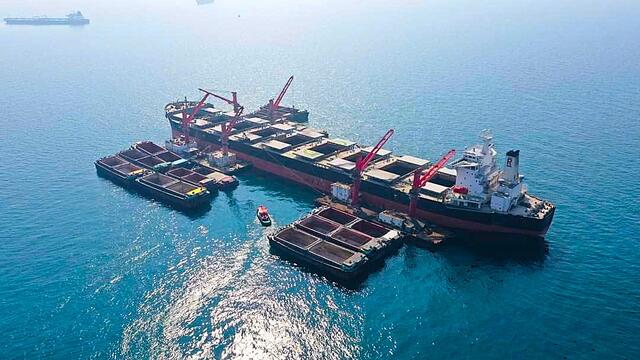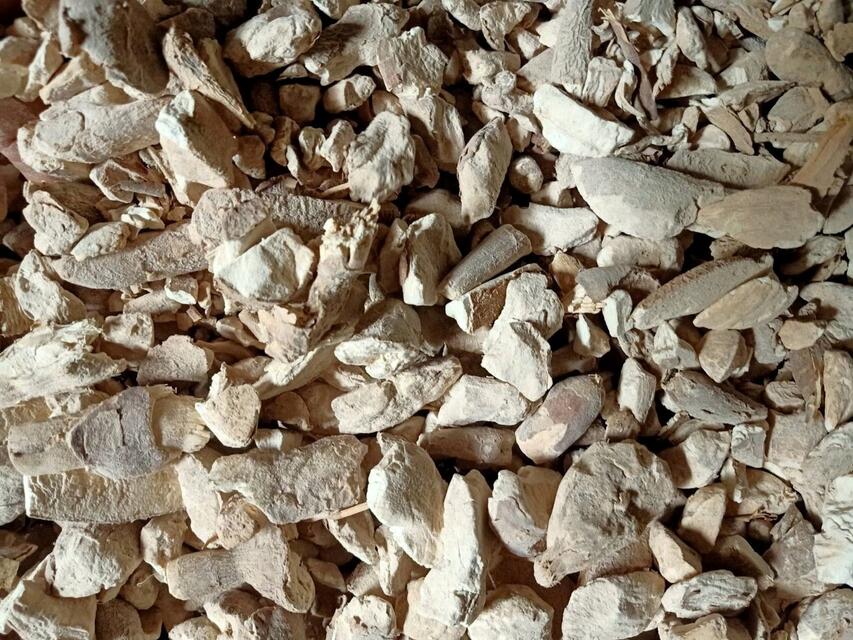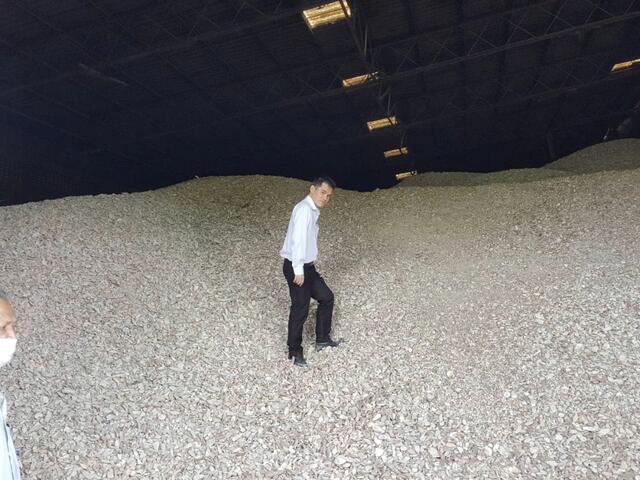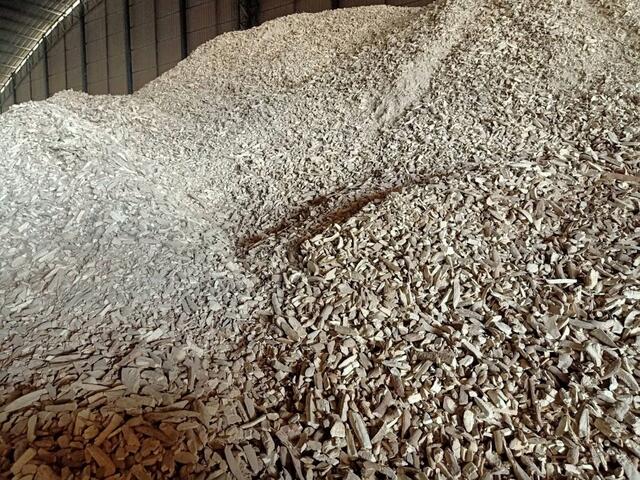-
Hotline : +84 981 282 028
- vyan.company@gmail.com








Sliced Cassava
Price:
ContactPeople are viewing this right now
Here are the typical export specifications for sliced cassava (dried cassava slices) in international trade:
1. Basic Specifications
- Product Name: Dried Cassava Slices / Sliced Cassava for Export
- Origin: Vietnam (or other producing countries)
- Form: Thin, uniform slices (3–5mm thickness)
- Color: White to light yellow (no mold or dark spots)
- Moisture: ≤ 13% (max)
- Starch Content: ≥ 65% (dry basis)
- Impurities: ≤ 1% (sand, dust, foreign matter)
- Broken Pieces: ≤ 5%
2. Quality Standards
- Free from: Mold, insects, live pests, chemical residues
- No added: Artificial preservatives, sulfur (unless specified)
- Toxin Level: Hydrocyanic acid (HCN) ≤ 10mg/kg (safe for human/animal consumption)
3. Packaging Options
- PP woven bags: 25kg, 50kg per bag (with inner plastic liner)
- Jumbo bags: 500kg, 1000kg (for bulk shipments)
- Custom packaging: As per buyer’s request (vacuum-sealed, retail packs)
4. Shelf Life & Storage
- Shelf Life: 12–24 months (in dry, cool conditions)
- Storage: Avoid humidity, direct sunlight, and pests
5. Common Export Markets
- China, Taiwan, South Korea: For starch production & animal feed
- Africa, Middle East: For food processing
- EU, US: Organic-certified cassava (strict quality control)
6. Certifications (Optional)
- HACCP, ISO 22000: Food safety compliance
- Organic (EU/USDA): If grown without chemicals
- Phytosanitary Certificate: Required for some countries

Below is the latest data (2022–2023) on production and export volumes of dried cassava slices (and related cassava products like starch and chips) from key Southeast Asian countries, including Vietnam, Cambodia, Thailand, and Laos.
1. Vietnam
- Cassava production: ~10–12 million tons of fresh roots annually (ranked 3rd globally after Nigeria and Thailand).
- Main exports: Dried cassava slices, cassava starch, and cassava flour.
- China is the largest market (70–80% of exports), followed by Taiwan, South Korea, and Malaysia.
- Export value (2023): Approximately USD 1.2–1.5 billion per year (Vietnam Customs data).
- Key features: Vietnamese dried cassava slices have high starch content (>65%) and competitive pricing.
2. Thailand
- Cassava production: ~30–35 million tons of fresh roots annually (world’s largest producer).
- Main exports: Primarily cassava starch (80% of global market share), with fewer dried slices.
- Key markets: China, Japan, EU, and Indonesia.
- Export value (2023): ~USD 3–4 billion per year (mostly starch).
- Key features: Thailand focuses on deep processing (modified starch, ethanol) rather than raw dried slices.
3. Cambodia
- Cassava production: ~14–16 million tons of fresh roots annually (ranked 4th globally).
- Main exports: Dried cassava slices and raw starch.
- Key markets: 90% exported to Thailand and Vietnam for further processing, then re-exported to China.
- Export value (2023): ~USD 300–400 million per year.
- Key features: High-quality cassava but lacks processing infrastructure; relies on Thailand/Vietnam.
4. Laos
- Cassava production: ~2–3 million tons of fresh roots annually (smaller scale).
- Main exports: Dried cassava slices and fresh roots.
- Key markets: Vietnam and China (via border trade).
- Export value (2023): ~USD 50–100 million per year.
- Key features: Limited scale; mostly informal cross-border trade.
Comparison Summary
| Country | Fresh Root Production (Million Tons/Year) | Main Export Products | Top Markets | Export Value (USD/Year) |
|---|---|---|---|---|
| Vietnam | 10–12 | Dried slices, starch | China | 1.2–1.5 billion |
| Thailand | 30–35 | Cassava starch | Global | 3–4 billion |
| Cambodia | 14–16 | Dried slices | Thailand, VN | 300–400 million |
| Laos | 2–3 | Dried slices, fresh | VN, China | 50–100 million |
Key Notes
- Dried cassava slices are mainly used as raw material for starch production or animal feed.
- China is the world’s largest importer, accounting for ~60% of global demand.
- Data may vary yearly due to price fluctuations, weather conditions, and export policies.